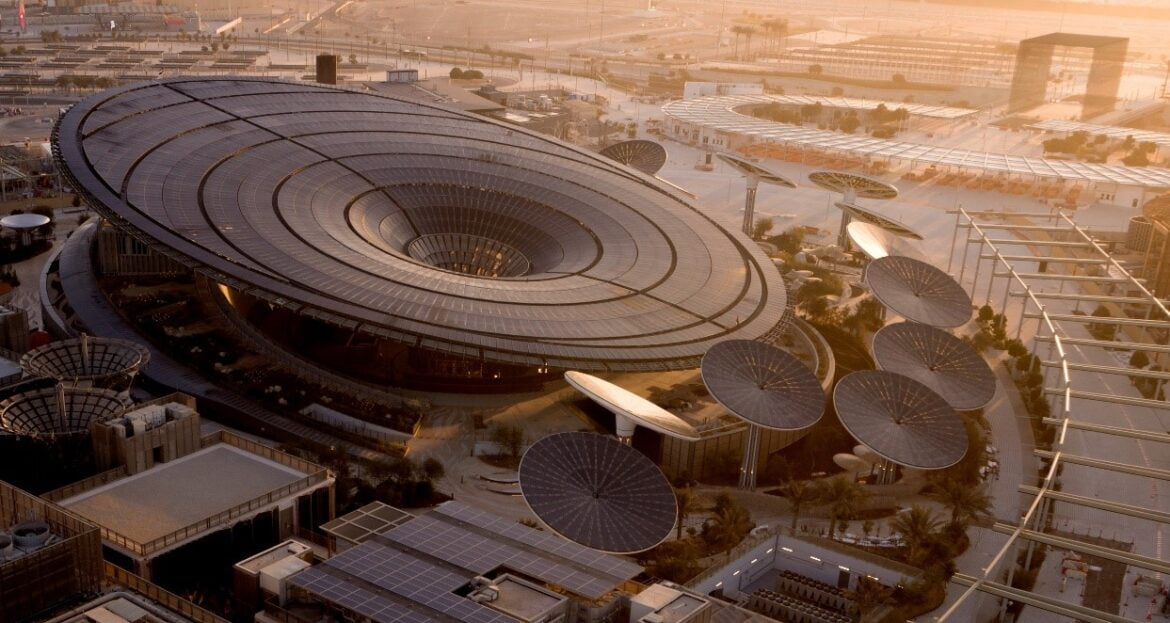Smart city developments need to focus on sustainability and environmental stewardship to be genuinely future-proof, play a significant role in meeting climate goals – and be attractive to investors, so the green technologies can be fully implemented.
In the Middle East, Saudi Arabia’s ambitious NEOM projects, such as The LINE, are attracting international investors keen to visibly support sustainable works. In November 2022, NEOM announced investment from German and French partners in water, energy and advanced manufacturing.
Nadhmi Al-Nasr, CEO of NEOM, a US$500 billion Saudi government Public Investment Fund project, says that “potential investors across a wide variety of industries [can] explore the significant market opportunities that NEOM presents.”
“We are especially focused on how we can best support the collaborative global effort to redefine the way we conduct business in a sustainable and future-oriented way,” says Al-Nasr.
The Saudi government has included NEOM in its Vision 2030 strategy. According to the published objectives, NEOM aims to introduce “a new model for urban sustainability and setting new standards for community health, environmental protection and the effective and productive use of technology” and create “mixed-use communities, research centres, sports venues, entertainment venues and tourist destinations – all designed on a numan scale, where liveability, health and wellbeing are prioritised.”
When it comes to the specific green technologies that will be used to achieve these objectives, in-depth research by Alshimaa Aboelmakarem Farag for the architecture department at Jeddah’s Effat University provides some insights. Farag’s paper, The Story of NEOM City: Opportunities and Challenges, found that robotic technology will play a major role in tasks such as security and home delivery.
Farag reported that sustainable transport solutions at NEOM will include automated electric vehicles, passenger drones and city street design to encourage walking and cycling. Solar and wind energy will be used to power NEOM entirely by renewables, with solar panels manufactured from silicon extracted from Saudi desert sands.
While NEOM may be attracting international headlines, in the emirate of Sharjah, a more modest sustainable city project is quietly meeting its financial and sustainability goals. Sharjah Sustainable City is characterised by eco-friendly smart villas, with the first two phases of the project already sold out. Quality of life and a minimal carbon footprint are among the city’s priorities. For example, the buildings are made from thermal-insulating construction materials, and feature rooftop solar installations, low-energy electrical fittings, smart home automation and water-saving appliances, to cut energy and water bills by up to 50 percent. Vertical farming facilities, reusing water for irrigation, a waste-to-energy plant and amenities to encourage cycling, walking and jogging are also features of Sharjah Sustainable City.
Like NEOM, Sharjah Sustainable City has committed to meeting financial as well as sustainability goals, according to Yousif Ahmed Al-Mutawa, the development’s CEO: “At a time when property investors and home buyers around the world are increasingly seeking green homes and a lifestyle that protects the planet, we are proud to be leading the field of sustainable development in the emirate of Sharjah. We are confident the response to the third phase of Sharjah Sustainable City will be even more robust than the first two phases.”
Technology companies, such as Siemens, are becoming partners in a range of public and private sector sustainable city developments. When Expo 2020 finally opened in Dubai in 2021, Siemens was able to use the event to showcase its smart city technologies as the infrastructure digitalisation partner.
Expo 2020 was described as “a great step forward as we continue to explore how digitalisation and Internet of Things (IoT) technology can address urban challenges” by Dr Roland Busch, chief operating officer and chief technology officer, Siemens AG.
“By integrating the infrastructure of the largest-ever event in the Arab world with the IoT, we have the potential to inform the development of future smart cities around the world,” Dr Busch added.
The event was held at a purpose-built site that was twice the size of Monaco and, after it closed in March 2022, about 80 percent of Expo’s infrastructure remained in place to create a sustainable urban neighbourhood called District 2020. Sustainability-driven solutions will remain in place, such as sensors to detect motion, so that lights only come on in buildings when people are in the vicinity, monitored electric vehicle charging stations, and smart meters to monitor energy and water use using real-time data analytics, as well as a cloud-based app to improve operability and aid data collection.
Beyond Expo 2020, the Siemens app will continue to be used across sustainable smart city developments, using machine learning and artificial intelligence to support predictions based on historic data. This is expected to be particularly useful for using real-time weather and air quality data to predict events, such as sandstorms, so preparations can be made, and detect patterns that may be the result of climate change.
Photo credit : Siemens AG



